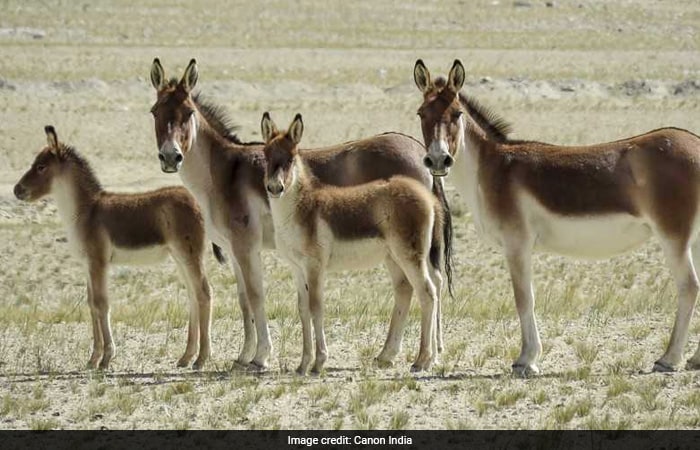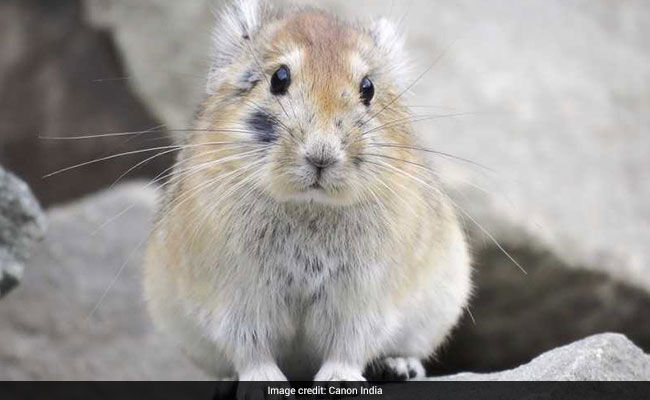In Pics: Search For The Elusive Snow Leopard In Ladakh
With the snow leopard getting on everyone's bucket list these days and the mountains anyway being a huge draw, the local people of Ladakh now get to organise home stays which also earns them some steady and extra income
-
In search of a snow leopard, the empress of the high slopes, the Born Wild crew reached Tsokar, where they were greeted by Kiang, the Tibetan wild Asses. Built more like zebras than mules, their caramel and white bodies bright as they gracefully trotted, their slender legs distorted by rising moisture waves as the mid-day sun heated the ground.
-
On driving in further from Tsokar in Ladakh, the Born Wild crew reached a flat bowl ringed by mountains. Ice covered their peaks and a cold wind cut over the land. With watering eyes and cold hands clutching cameras we exited the car to walk around and shoot.
-
While shooting, the photographer managed to capture the black necked cranes. Notably, the major threat to the successful breeding of black-necked crane is the damage to the eggs and chicks, caused by feral dogs. These dogs are owned both by armed forces as well as by the local nomads. Another threat to the bird is the loss of habitat. The human pressure on the wetlands, the primary habitat of cranes, has increased tremendously over the last decade. The increased grazing pressure on the limited pastures near the wetlands is also leading to the degradation of the wetland habitat.
-
Here's a glimpse of Ladakh, which like every other fragile ecosystem has its tough challenges now. The growing number of humans, tourism which is both a boon and bane is bringing garbage, sewage and bad behavior along with economic gain. The endangered wildlife and livestock existing in precarious is shifting balances, along with the looming threat of climate change.
-
An encounter with the snow leopard, which is listed as endangered on the IUCN-World Conservation Union's Red List of the Threatened Species. In addition, the snow leopard, like all big cats, is listed on Appendix I of the Convention on International Trade of Endangered Species (CITES), which makes trading of animal body parts (i.e., fur, bones and meat) illegal in signatory countries. It is also protected by several national laws in its range countries.







